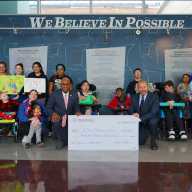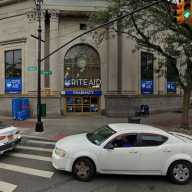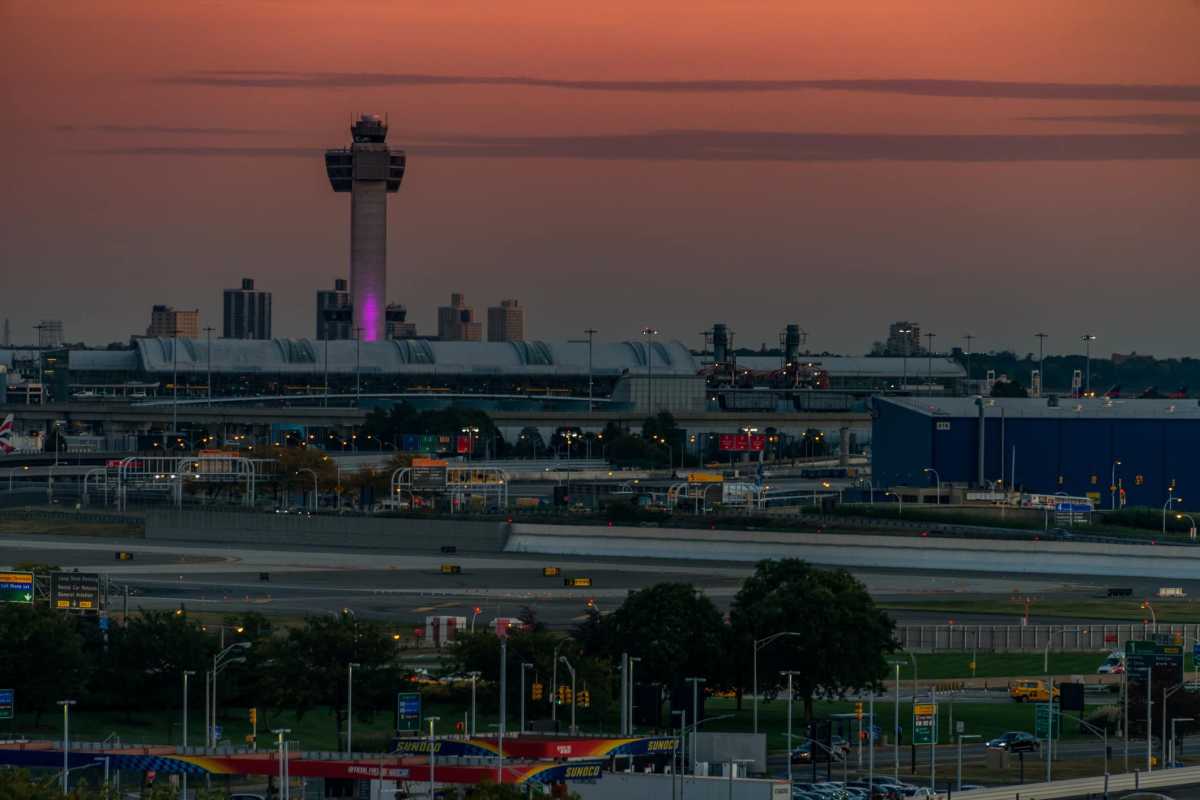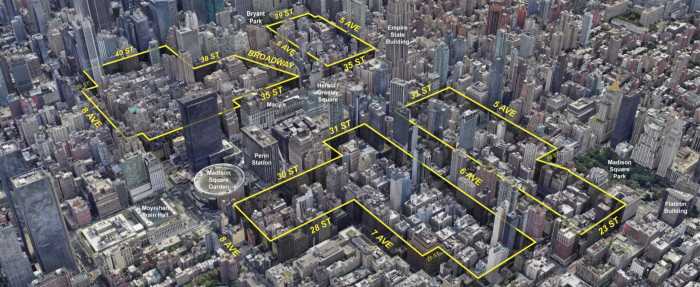That is why what occurred in Flushing 340 years ago last December was such a momentous event in the history of religions. The town was part of Dutch controlled New Amsterdam and ruled under the iron hand of its Governor, Peter Stuyvesant. He dictated that only the Dutch Reformed religion could be publicly practiced.
When a group called the Society of Friends (better known as the Quakers) came to the village to practice their faith, they were banned. An Englishman, John Bowne, had a home in the town and he was moved by the group’s plight. He opened his home to the Quakers to hold their services in his kitchen.
Meanwhile the leading citizens of the town who were angered by Stuyvesant’s edict, bravely gathered to draw up a document — the Remonstrance they called it — to declare that Flushing would not tolerate religious persecution and declared that the town was open to all faiths to fully worship.
The Remonstrance said "Ye have been pleased to send up unto us a certain prohibition, or command, that we should not retain or entertain any of those people called Quakers . . . . We cannot condemn them . . . neither stretch our hands against them, to punish, banish or persecute them . . . We are commanded by the Law to do good to all men . . . That which is of God will stand, and that which is of man will come to nothing . . . Our only desire is not to offend one of these little ones, in whatsoever form, name or title he appears . . . There if any of these said persons come in love unto us, we cannot in conscience lay violent hands upon them, but give them free egresse or regresse into our town and houses . . . This is according to the Patent and Charter of our town . . . which we are not willing to infringe or violate."
The document was drawn up by the town clerk Edward Hart and on Dec. 27, 1657 (on which the festival of Chanukah fell that year) 28 freeholders of Flushing and two from Jamaica signed the Remonstrance on the site of what is today the Flushing Armory on Northern Blvd. Meanwhile Bowne remained firm.
Bowne was fined and arrested and put on a ship to sail "wherever it may land." That turned out to be Ireland and Bowne would work his way all the way to Holland where he made his case to the directors of the Dutch West India Company. To his amazement, they agreed with him, released him and they rebuked Stuyvesant.
The directors wrote "we doubt very much whether vigorous proceedings against them ought not to be discontinued, unless, indeed, you intend to check and destroy your population, which, in the youth of your existence, ought rather to be encouraged by all possible means . . . The conscience of men ought to remain free and unshackled. Let every one remain free."
After a two year exile, Bowne returned to Flushing and freely practiced his religious beliefs, as did the rest of the town of Flushing and the cities of New Amsterdam. Bowne is buried behind the 17th century wooden Friends Meeting House on Northern Blvd.
The principle bravely established in Queens became enshrined over a century later in the Bill of Rights of the U.S. Constitution. In 1957, on the 300th anniversary of the signing of the Remonstrance, the U.S. government issued a commemorative postal stamp honoring the occasion.
Today the Bowne House, built in 1661, still stands on the street that bears his name. It is a national historic site and open to the public as a museum, presenting a quaint and beautiful picture of early Flushing.
Just a short walk away from the Bowne House still stands the original Friends Meeting House which — except for a brief period during the Revolutionary War when the British occupied the structure — has been used continuously by the Quakers for their services. It is the oldest house of worship in the entire city.
Take another few blocks walk and you can find the stately St. George’s Episcopal Church on Main St., where Francis Lewis — Queens’ signer of the Declaration of Independence — served as a vestryman. A few blocks away we can find St. Michael’s Church, the first Roman Catholic parish in the borough. A short distance away is the magnificent coloniated Free Synagogue of Flushing.
Nearby is the Macedonia Church, the first African-American Episcopal Church over 150-years-old and a Unitarian church is not far away as are new Korean Christian churches.
Walk a little further and you come upon the incredible structure of the Hindu Temple of North America. A short distance away is the modern yet traditional mix of architecture of a Japanese Shintu Temple. Again a short distance down Northern Blvd. is St. Nicholas Greek Orthodox Church — the largest in North America and containing the remains of St. Nicholas, the saint for whom the legend of Santa Claus derived.
Then, across the borough, the people from around the world have established a house of worship for every faith on earth. In St. Albans, Rev. Floyd Flake has established a new cathedral for the Allen A.M.E. Church — a fast growing and vibrant congregation that along with Baptist and 551 other Protestant churches, 120 synagogues, 101 Roman Catholic churches, 26 Orthodox churches, at least 12 Hindu temples, five mosques, four Buddhist temples, and ever-growing new congregations make Queens a center of international religious worship.
That is fitting for a place where over three centuries ago the spirit moved the citizens of Flushing to take an important stand for religious freedom. In doing so a little house on Bowne Street became a clapboard cathedral of the soul.































